 Exposing students to a wide variety of texts will both prepare them for life outside the
classroom and also increase the chances that even the most reluctant readers will stumble upon a topic that will capture their interest and nurture a love of reading. In the second installation of our series of interviews with Alan Trussell-Cullen, teacher educator and author of our new
Story World-Real World
series, he shares some of his experiences in the classroom that illustrate just how important this variety can be.
Exposing students to a wide variety of texts will both prepare them for life outside the
classroom and also increase the chances that even the most reluctant readers will stumble upon a topic that will capture their interest and nurture a love of reading. In the second installation of our series of interviews with Alan Trussell-Cullen, teacher educator and author of our new
Story World-Real World
series, he shares some of his experiences in the classroom that illustrate just how important this variety can be.
Can you explain why it’s important for children to read an array of different types of text?
Firstly, it’s a matter of survival. In order to survive in the world today, we are confronted by so many different kinds of text, from road signs and billboards to manuals and recipe books, from poetry and literature to advertising slogans and TV graphics, from romance and mysteries to weather reports and timetables, and from blogs and tweets to “How-to” guides and “Who-done-it” mysteries. To live a so-called “normal” life in our modern world, one has to be able to read, understand, respond to, and create all kinds of text.
Secondly, it’s a matter of knowing what is out there in order to exercise our right to choose. When it comes to reading, we all have our fads and favorites. Adults do, and children, too. That’s not a bad thing—when Harry Potter appeared on the scene, millions of children suddenly began to read in a way they had never read before!
But children can also get stuck on a particular kind of book. Sometimes they lack the confidence to branch out and try something new. That’s where the good teacher can do a great job building reader confidence and coaxing them to try something new.
Often, it is a matter of finding some kind of personal link or connection. I can remember a nine-year-old boy in a class I was teaching. His name was Steve, and Steve was adamant that he didn’t like reading. Every day after the lunch break, the children in my class came back into the classroom and did about ten minutes of SSR. (Everyone probably knows that SSR stands for “Sustained Silent Reading,” but one six-year-old recently told me SSR stood for Super Silent Reading!)
Anyway, Steve hated SSR. While everyone else read their chosen library book or a book from the Class Bookshelf, or a book or story written by one of the children in the class (the kids would tell you: “We are all writers in this class!”), Steve would sit and fidget or stare into space. All my attempts to find something of interest for him didn’t seem to work.
And then one day a miracle happened. He told the class about his big brother. His big brother had a motorbike. His big brother loved his motor bike. So did Steve. He loved to help his brother take it apart and clean it and tune it. Now I knew next to nothing about motorbikes, so I asked Steve how he and his big brother knew what to do when they worked on the bike.
 “He’s got these manual things,” said Steve. “He lets me read them, too.”
“He’s got these manual things,” said Steve. “He lets me read them, too.”
“Hey,” I said. “Do you think your brother would let you bring his motorbike manuals to school? You could read it at SSR time!”
Steve’s eyes lit up.
“Could I?” he asked.
The next day when the kids settled in for SSR, there was Steve with a rather tattered and suitably oil-stained volume which was obviously his brother’s motorbike manual! It was very technical, with diagrams and photographs, but Steve seemed to be reading it. I usually finished SSR with a few minutes of sharing, so on this day I asked Steve to tell us about his book. He began shyly, pointing out what he and his brother did the other night. He showed the class the page and explained the diagram. The class was enthralled—and not just the boys!
I had a special list on the wall headed “Our Class Experts.” Whenever someone showed they had special knowledge about something, we put their name up there. Then the other kids knew who to go to when they needed information or help on that subject. One of the kids put a hand up and said: “I think Steve should be up there as our class expert on motorbikes!”
Everyone agreed.
By now Steve was obviously floating on cloud nine!
He brought more stuff on motorbikes the next day. He wasn’t just looking at pictures—he was really reading. Other kids began to ask him questions. In art he drew motorbikes. Each day we had a writing time. Steve began to write about motorbikes. At first he wrote about the things he did with his brother. Then he began to write a book on motorbikes. The other kids loved it. One girl took it home. She said she wanted to show it to her brother, but I knew she didn’t have a brother! The whole class began to write manuals. Steve then began to make up stories about motorbikes. From motorbikes he moved to racing cars, and then big trucks. Then it was action stories and action heroes...
And what did I, as a teacher, learn from that? Reading shouldn’t just be about reading what the teacher thinks the children need to read. It isn’t just about reading books. And it isn’t about doing lots of “reading practice.” It’s about doing real reading, about helping kids connect their school experience with what they know and enjoy and love doing in their own lives. It’s about bringing the real world into their classroom and into their imagination.
Should parents and teachers approach how they use informational texts differently than narrative reading materials when reading with children? Why or why not?
 I think Steve is the answer to this question. We don’t need to make a big difference between reading informational texts and reading fictional and imaginative material. It isn’t really a different kind of reading. If something is part of our lives, it can be part of our reading. Sometimes people think fiction is more emotional than nonfiction—but Steve really
loved
his motorbike manuals! And sometimes people think boys enjoy informational texts more than girls do. Well, maybe sometimes boys do, but we need to push children beyond received stereotypes. The girl who first took home Steve’s book on motorbikes wasn’t doing so to share it with her non-existent brother—she wanted to read it for herself!
I think Steve is the answer to this question. We don’t need to make a big difference between reading informational texts and reading fictional and imaginative material. It isn’t really a different kind of reading. If something is part of our lives, it can be part of our reading. Sometimes people think fiction is more emotional than nonfiction—but Steve really
loved
his motorbike manuals! And sometimes people think boys enjoy informational texts more than girls do. Well, maybe sometimes boys do, but we need to push children beyond received stereotypes. The girl who first took home Steve’s book on motorbikes wasn’t doing so to share it with her non-existent brother—she wanted to read it for herself!
Children need to read both informational texts and narrative reading material and they also need to write both and talk about both and feel free to choose both.
And incidentally, that is why I chose to write the Story World-Real World series for Hameray—it combines the world of imagination with the world of reality. We need both because one balances the other.
Can you tell us your best tip for teaching reading to beginning readers?
Don’t get too hung up about lots of standardized tests and reading levels. There are two wonderful instruments for assessing reading progress, and they are way better than any standardized test. And those are a good teacher’s ears and eyes!
The more we observe our children and listen to them, the more we will discover about them and the more we can help them become confident and engaged and unstoppable readers and writers.
...
 Story World-Real World
, Alan's newest endeavor, features retellings of traditional tales that are coupled with informational texts to provide real-world background knowledge and support the elements of the story. For example,
Goldilocks and the Three Bears
, which stands well on its own as an entertaining story, is available in this series bundled with books on bears, temperature, and breakfast. Each "theme" in the series works this way—by pulling elements out of the narrative text of the traditional story and giving children information about how those elements work in the real world.
Story World-Real World
, Alan's newest endeavor, features retellings of traditional tales that are coupled with informational texts to provide real-world background knowledge and support the elements of the story. For example,
Goldilocks and the Three Bears
, which stands well on its own as an entertaining story, is available in this series bundled with books on bears, temperature, and breakfast. Each "theme" in the series works this way—by pulling elements out of the narrative text of the traditional story and giving children information about how those elements work in the real world.
To learn more about the new series, you can download a page of key features below:
We'll have more content from Alan Trussell-Cullen in the coming weeks, so be sure to check back regularly if you like his tips for helping children learn to love reading! Additionally, if there is a reluctant reader in your home or classroom who likes motorbikes, be sure to check out our Download series , with topics such as Motorcycles, Motocross, and BMX bikes!
- Tara Rodriquez
*Photo credit: Monkey Business Images



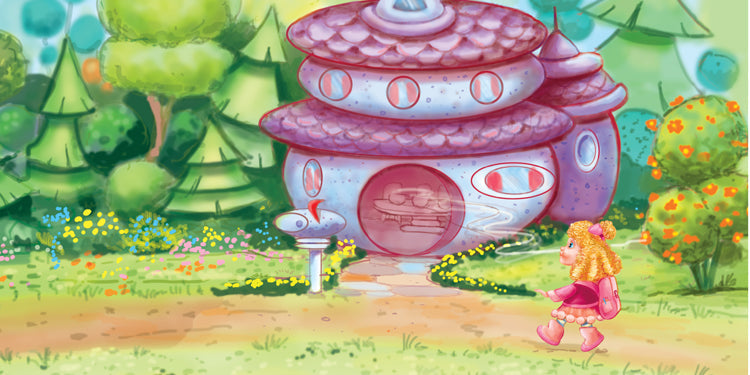








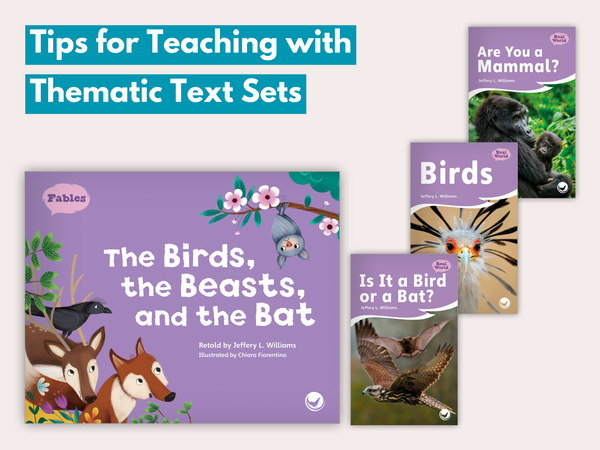
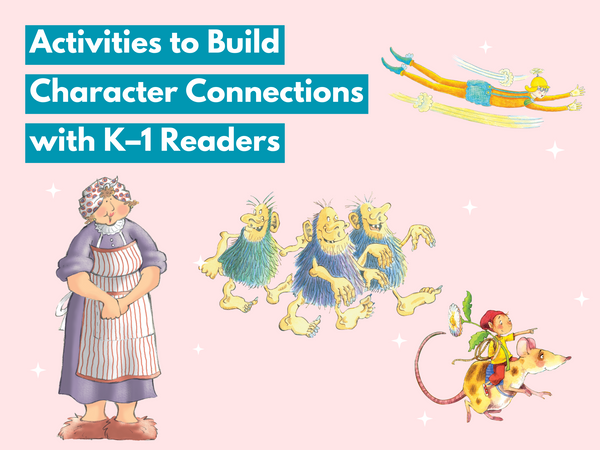
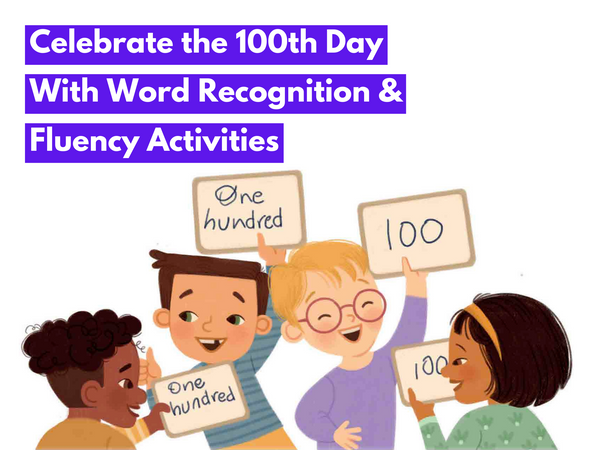
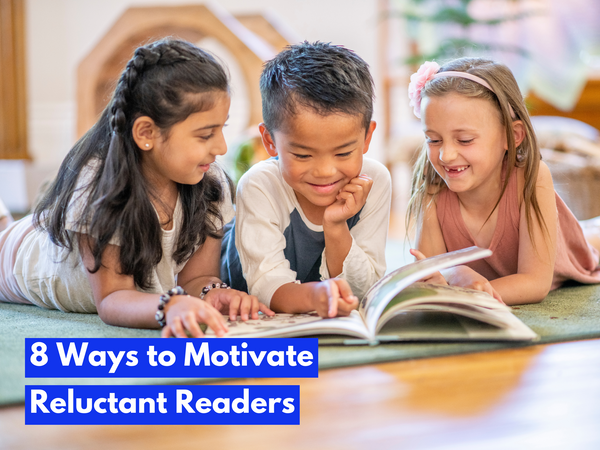
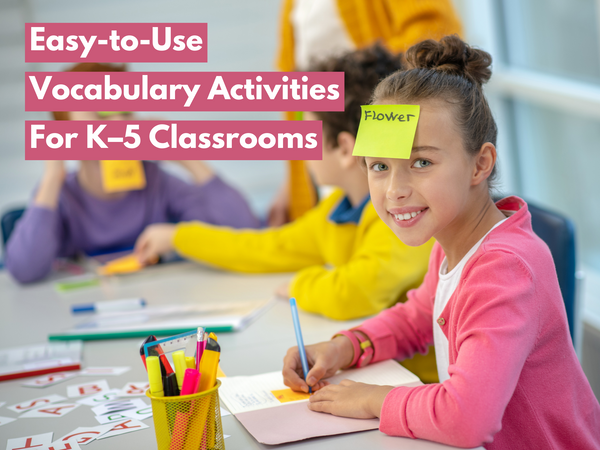
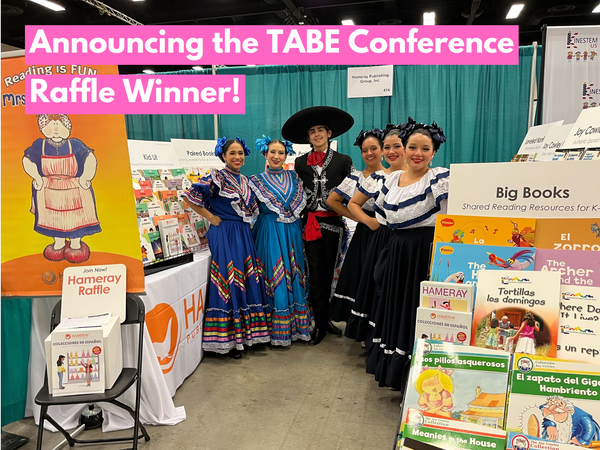
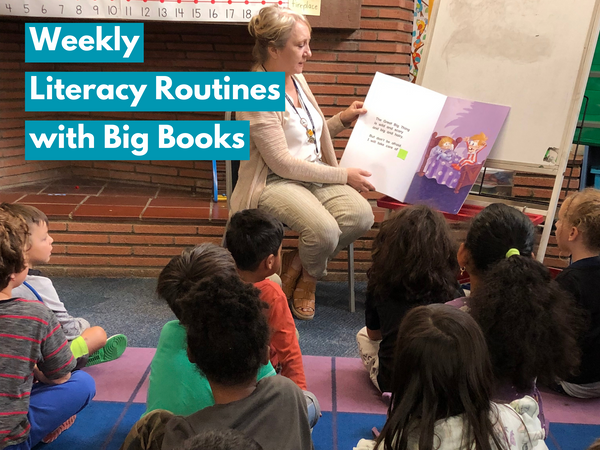
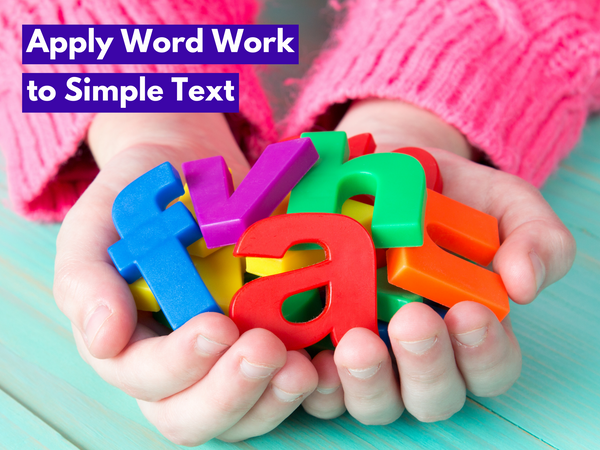
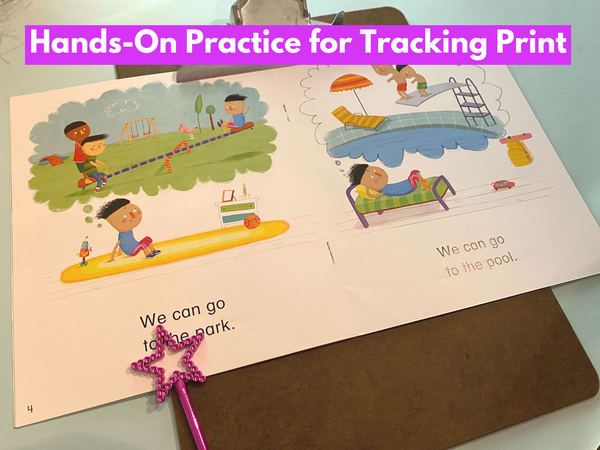
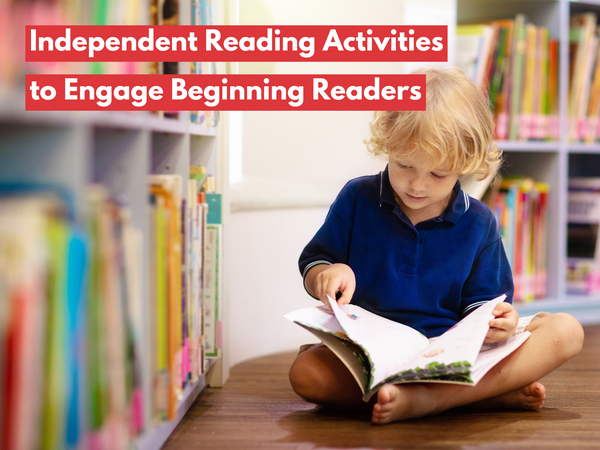
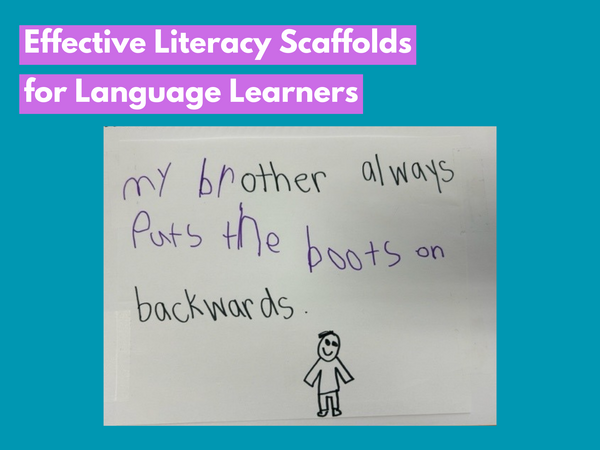
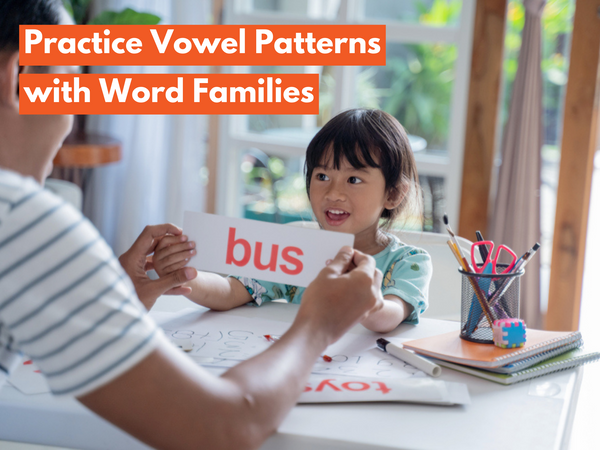
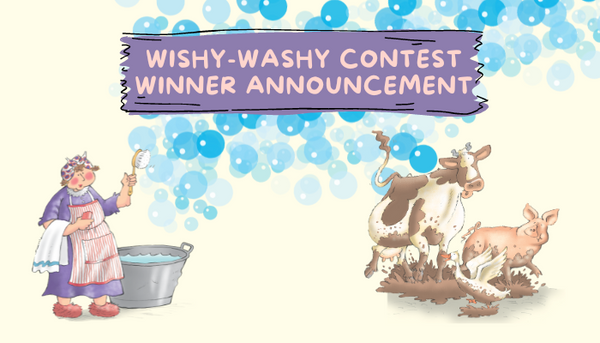
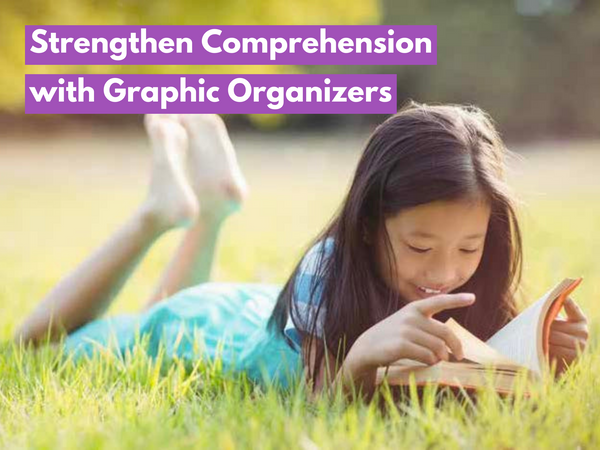
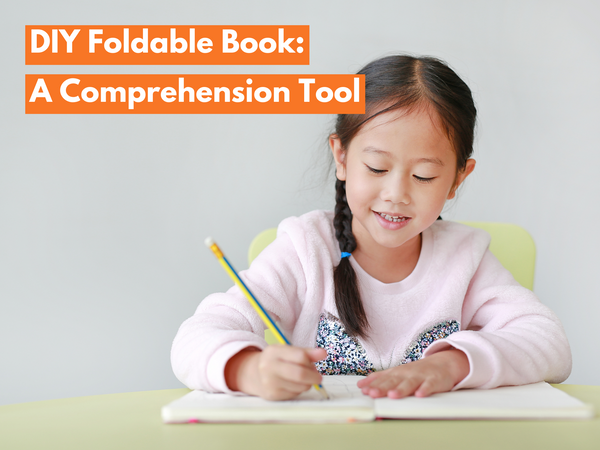
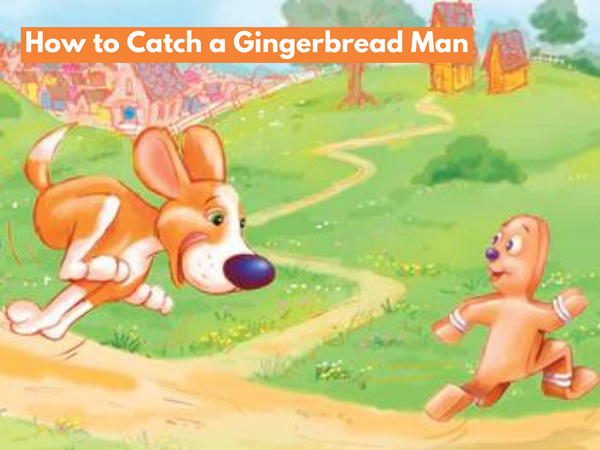
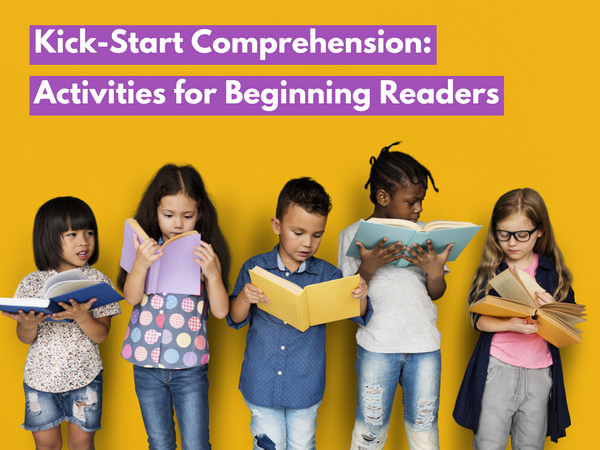
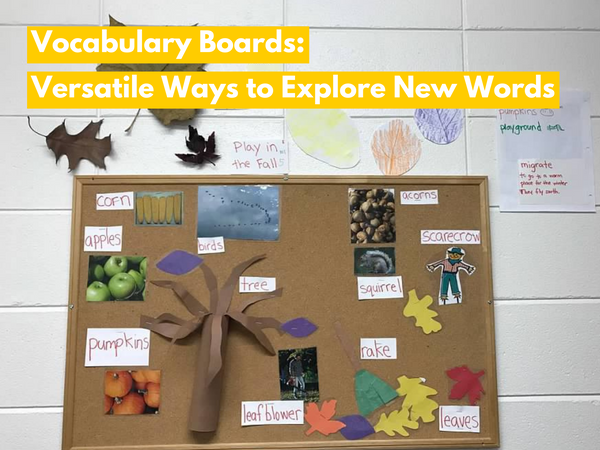
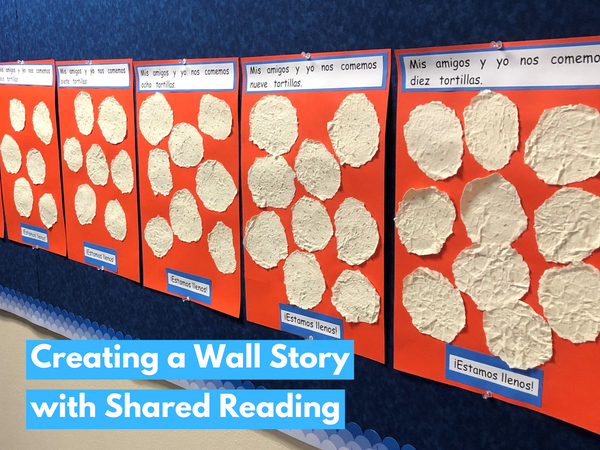
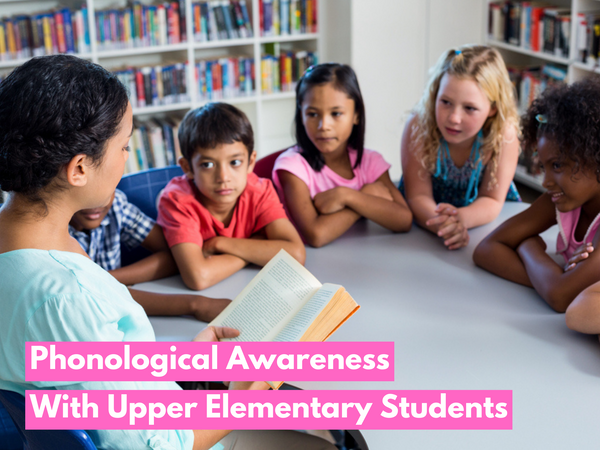

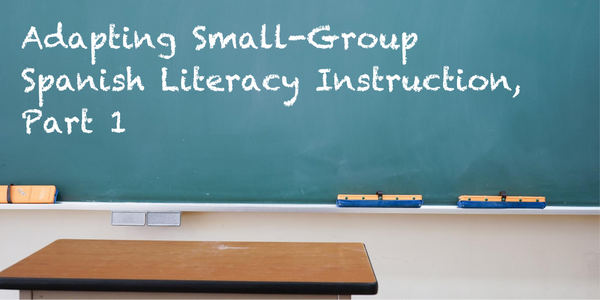
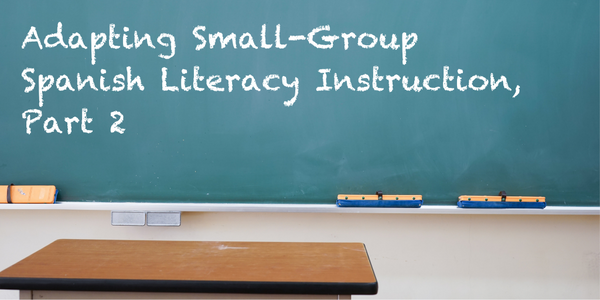
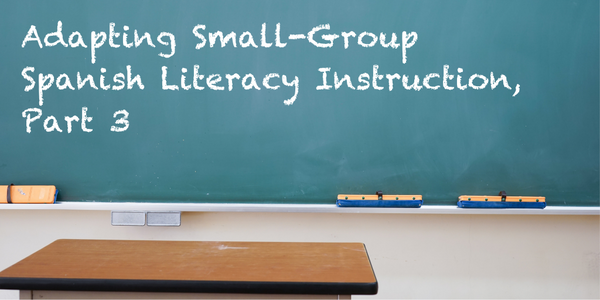
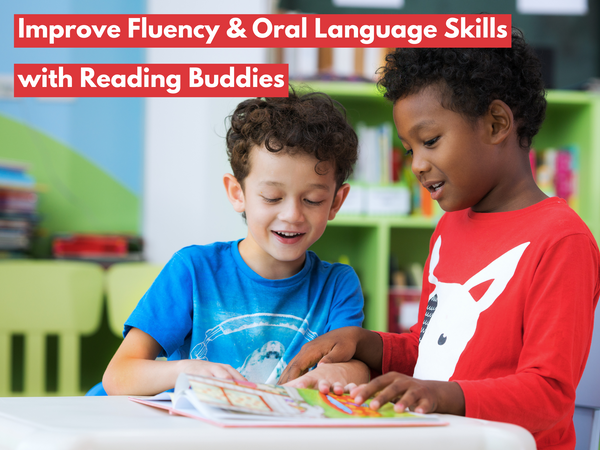
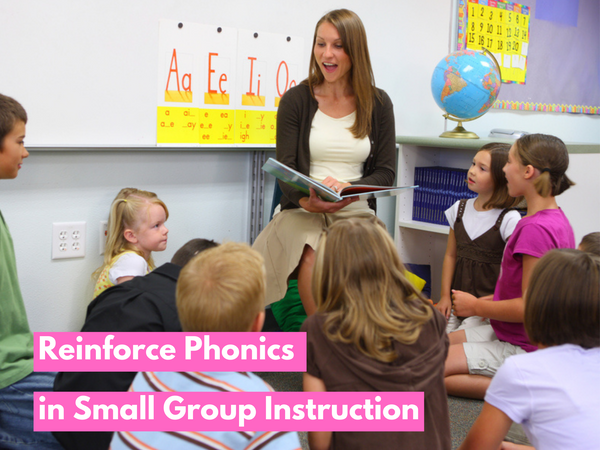
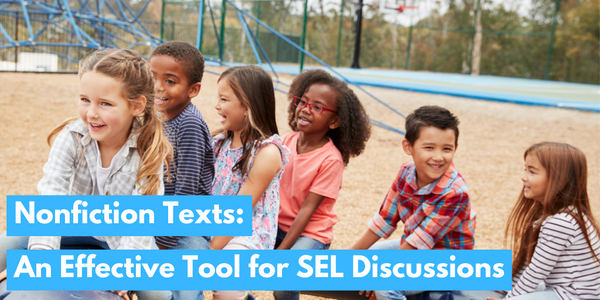
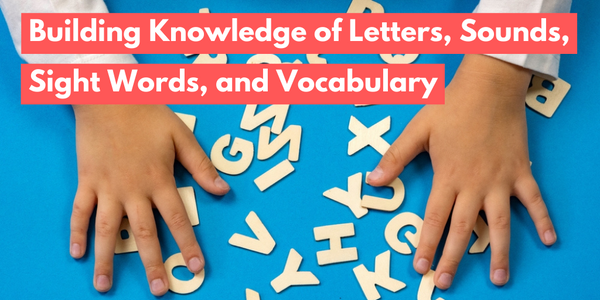
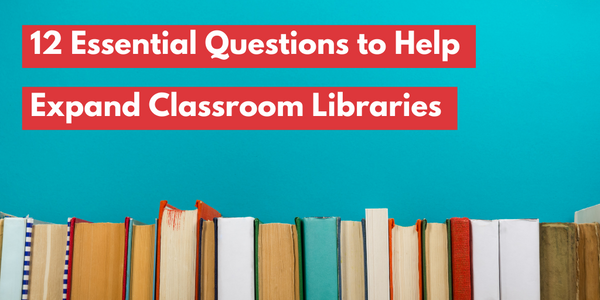
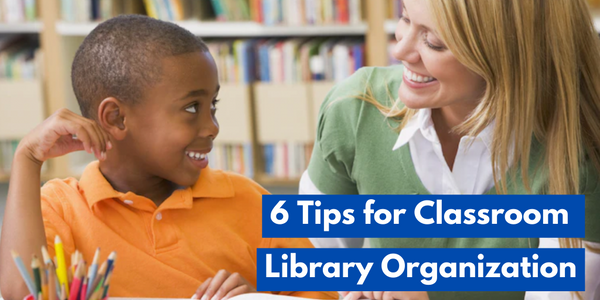
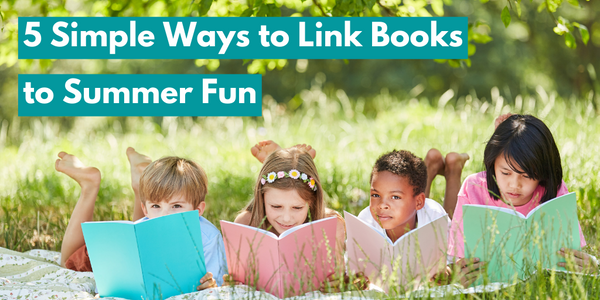
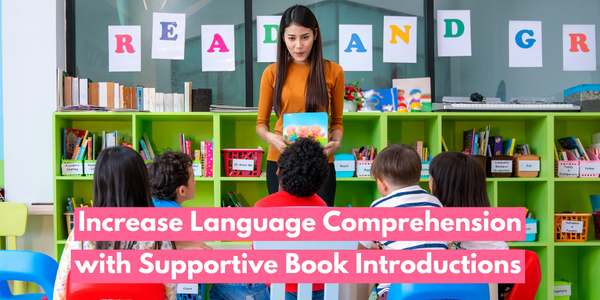
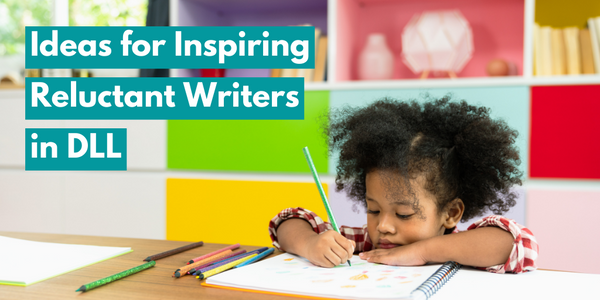
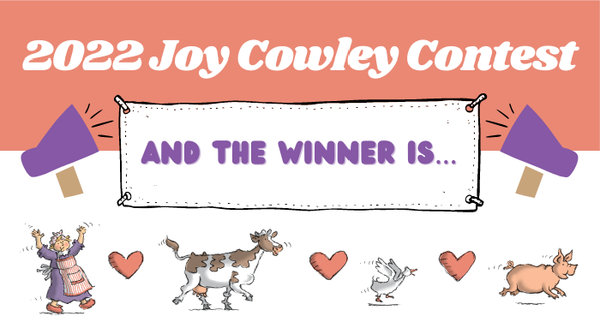
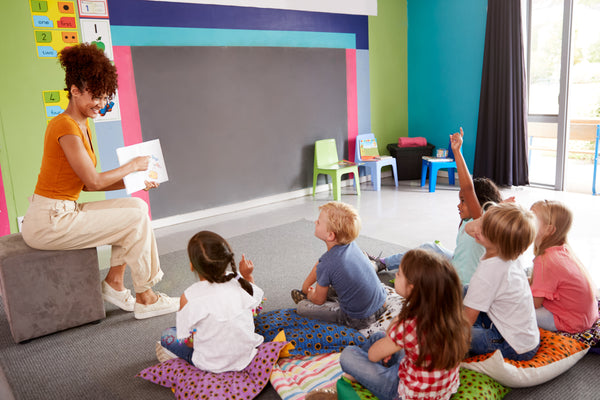

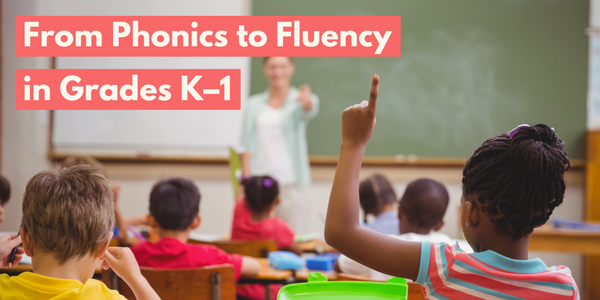
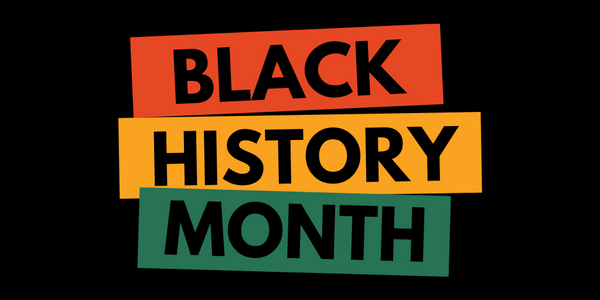
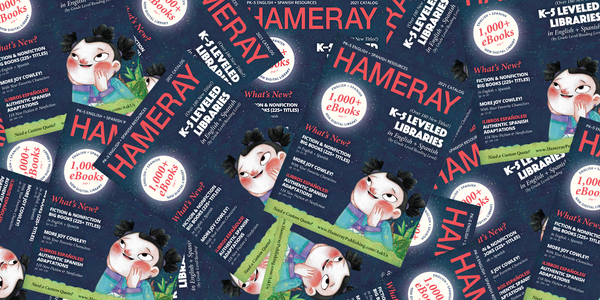
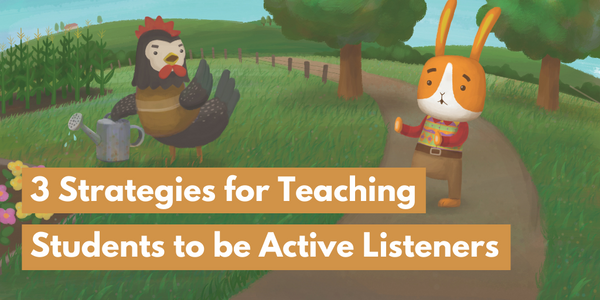

![6 Fun and Easy Activities to Practice Sequencing [Grades K-1]](http://www.hameraypublishing.com/cdn/shop/articles/Red_Typographic_Announcement_Twitter_Post-5_bf1ae163-a998-4503-aa03-555b038d1b76_600x.png?v=1689961568)